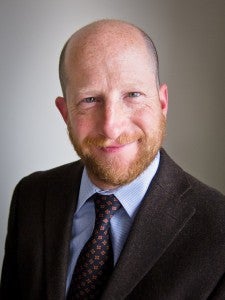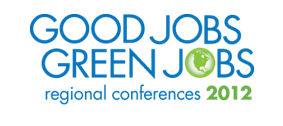In essence, Green Button is literally a green button on utility customer interface websites that customers can click to instantly download their historical energy use data in a simple, standardized electronic format. Customers can then upload the data into software applications, or give it to consultants that provide services such as identifying how to save money by using less energy.
All of the big California utilities – SCE, SDG&E and PG&E – have embraced the concept and will offer the Green Button to their millions of customers. There is a hope that utilities across the country will also adopt it.
One presenter observed that Americans, on average, waste 20% of the energy that they purchase. This creates a huge opportunity to save money on energy and help to protect the environment by avoiding demand for energy generated by dirty sources, including coal-fired power plants.
Yesterday’s event revealed what can be accomplished when software innovators, government leaders and utilities focus on a common goal. Chopra is widely recognized as an IT innovator in government and he challenged the utility industry to develop access to consumer data in September 2011. Now Green Button is a fully operational, widely embraced standard that will provide a buffet of energy use data for hungry software application developers.
Testimonials were provided by up-and-coming CEOs in the energy sector, including oPower, Tendril, Lucid Design Group and Simple Energy. Each company demonstrated how Green Button will drive innovations in energy use software applications. For example, Tendril announced that its platform, Tendril Connect, will “connect utilities and energy service providers, consumers and app developers to achieve smarter energy usage.”
One question I was left with was, “just how green is the Green Button?” Currently, only the color pallet is green; no pollution information (such as greenhouse gas emissions) is associated with the energy use data.
While Dr. David Wollman, Deputy Director of Smart Grid & Cyber-Physical Systems, and Manager, Smart Grid Standards and Research at the National Institute of Standards and Technology (NIST), indicated that the Green Button standards do have accommodations for emissions information, there will need to be positive pressure to fully develop that piece of the button.
And that’s where EDF and you can come in. We need to encourage efforts to rigorously link emissions information with energy use, in both time and place.
As part of EDF’s smart grid work, we are working with utilities, regulatory agencies and third parties in California and across the country to ensure that innovators have access to an emerging and competitive utility market. Access to standardized energy use data is an essential piece. Why? So they can provide consumers with new tools that help them better understand and manage their energy use, which can save money, cut pollution and help protect the planet.















